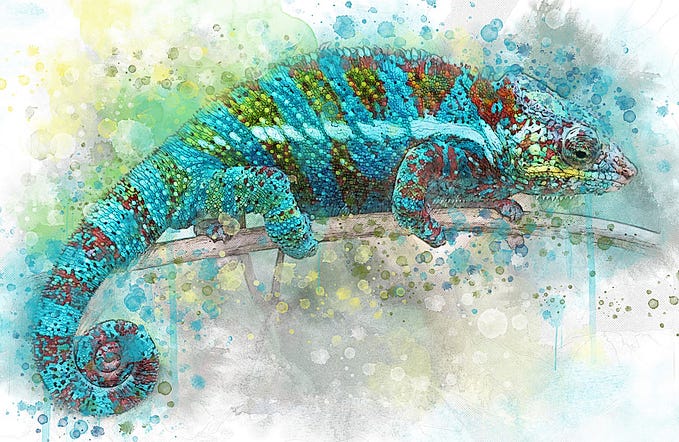The Strange History of Borderline Personality Disorder
How the world’s worst mental health label came into existence and why it matters.

Depression was studied in 1621, OCD in the 1830s, Schizophrenia in the late 19th century, and trauma after the First World War. And yet the infamous Personality Disorder is a mere infant in terms of diagnosis. This is especially true of the ‘Borderline’ type. First identified in 1980, the condition has actually been lurking around for quite some time.
But what is Borderline Personality Disorder? Briefly put BPD, is a severe mental illness marked by emotional, behavioural and cognitive instability, relationship chaos, and chronic self-harm. The statistics are shocking: 10% of those with the condition commit suicide, 70% have attempted it. Despite the fact the BPD sufferers account for half of all psychiatric admissions and collectively cost billions , no one is talking about it — nor how the label shapes the outcome.
What’s in a name? Take a tour of the dusty vestibules of psychiatry, from the analyst’s couch to the hospital corridor, and you’ll see how the diagnosis was created and what it says about our deepest held beliefs.








